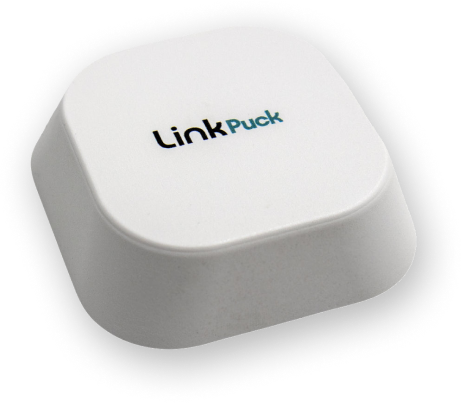Many household hazards are dangerous or even deadly for your dog. Is your home safe for your pooch? Would you recognize dog poisoning symptoms? Dr. Ahna Brutlag, board-certified veterinary toxicologist, offers these helpful tips to keep your pup safe.
1. Learn what's toxic to dogs
Dogs and humans are different, so you'll want to review a comprehensive list of poisons from the Pet Poison Helpline and other articles about seasonal food hazards. Three potentially fatal items Dr. Brutlag warns about are grapes and raisins, sago palm plants, and xylitol. Although common in sugar-free gum, Dr. Brutlag has seen xylitol show up in "surprising places like deodorant, peanut butter, personal lubricants, melatonin tablets, and shaving cream."
The complete list of dog poisons includes:
- Chocolate
- Mouse and Rat Poisons (rodenticides)
- Vitamins and Minerals (Vitamin D3, Iron, etc.)
- NSAIDs (Ibuprofen, Naproxen, etc.)
- Cardia Medications (Calcium channel blockers, beta-blockers, etc.)
- Cold and Allergy Medications (Pseudoephedrine, phenylephrine, etc.)
- Antidepressents
- Xylitol
- Acetaminophen
- Caffeine pills
2. Assess every room
This helpful infographic from the Pet Poison Helpline details room-by-room hazards. Take stock of each room and move items far from reach. Consider replacing certain items with green dog products. Make sure trash bins are not accessible.
3. Spread the word
Communicate to everyone in your household and anyone who cares for your dog about your hazard-proofing strategy. Regular reminders help minimize the risk of accidental ingestion.
4. Recognize dog poisoning symptoms
Vomiting diarrhea, lack of appetite, and lethargy are common symptoms.
5. Remember time is of the essence
"The sooner a pet owner calls Pet Poison Helpline of their veterinarian, the better prognosis for the pet, "Brutlag says. Save the contact info in your phone so you're ready for any emergency. The LINK AKC Collar service plan provides unlimited access to the Pet Poison Hotline and is always there if the unthinkable happens.
Each room of your home poses a different threat to your furry friend -- from onions, grabes and table salt in the kitchen, to automatic toilet bowl cleaners in the bathroom -- it is important to make sure that you've considered the things your pet could get into before bringing them home or allowing them into a new area of your home unattended.





